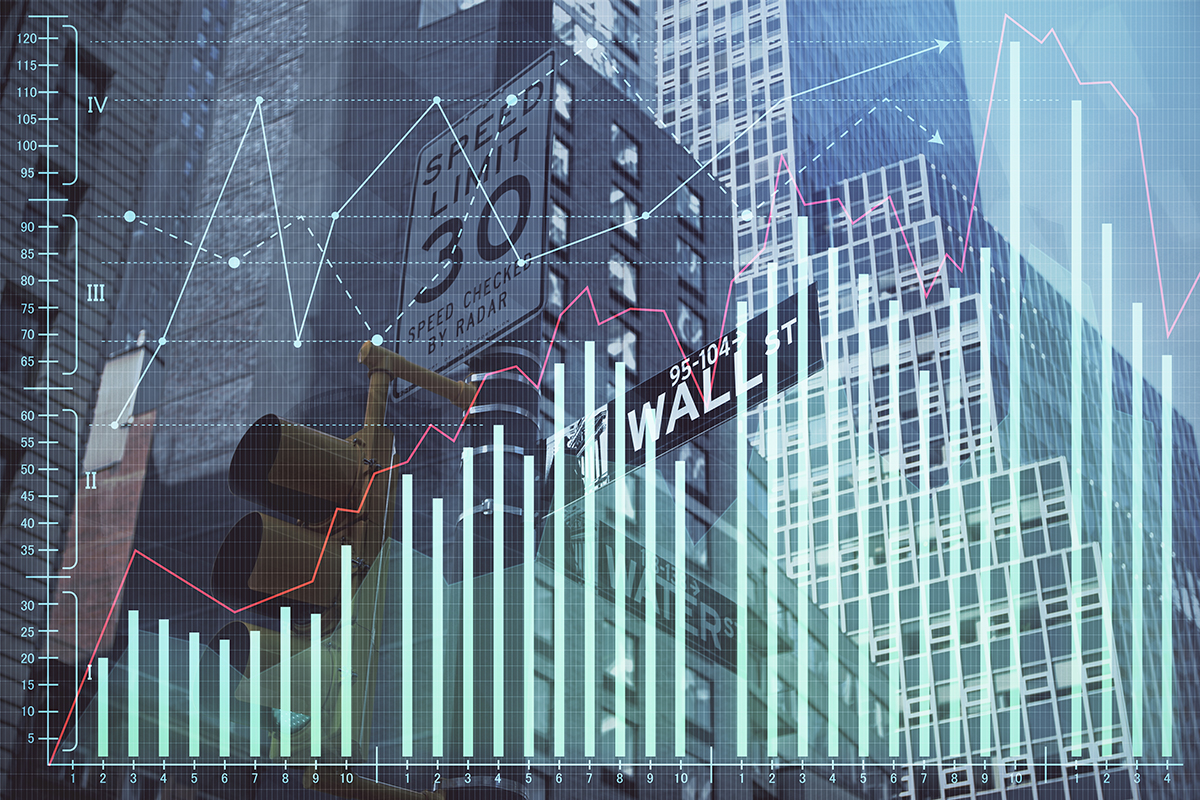On Thursday, Wall Street experienced a significant surge after an initial weak performance, navigating through the complex economic data, which did not provide a concrete direction for the economy’s future or inflation.
The S&P 500 registered a 0.7% increase in midday trading, following its peak value since April 2022. The Dow Jones Industrial Average rose by 337 points, a 1% increment, sitting at 34,317 by 11:49 a.m. Eastern time, and the Nasdaq composite also grew by 0.6%.
Lennar, the homebuilder, propelled the S&P 500 forward with a 3.9% increase after revealing a greater-than-anticipated profit and revenue for the recent quarter. It also projected more decisive upcoming deliveries as customers have begun to adjust to the “new normal” of heightened interest rates.
However, Kroger experienced a significant loss, dropping by 4%, despite reporting increased profit and maintaining many of its financial predictions for the year. This fall was due to the slightly weaker revenue reported for the recent quarter.
Market players are still digesting the Federal Reserve’s announcement made a day before, warning of the possibility of two more interest rate hikes this year to counter inflation. The Federal Reserve’s benchmark overnight rate is already at its peak since 2007, which has aided in curbing inflation to an extent but has also sparked considerable distress in several economic sectors.
Thursday’s economic report highlighted an unexpected boost in U.S. retailer sales last month, hinting at consistent consumer spending despite increased interest rates on credit cards and other loans.
However, the numbers were slightly lower than expected when auto, fuel, and other sectors were excluded. This data will contribute to the U.S. government’s calculations for overall economic growth.
Separately, an increase in applications for unemployment benefits was reported last week, suggesting that the resilient job market might be weakening in response to the Federal Reserve’s string of rate hikes from last year.
Manufacturing, which makes up only a tiny fraction of the economy, is feeling the brunt of higher rates, with the sector shrinking for several months. Thursday’s reports presented a mixed picture, with manufacturing activity in the mid-Atlantic region contracting for the tenth month in a row, while manufacturers in New York state reported an unexpected improvement in sentiment.
In response to these reports, Treasury yields dipped, with the 10-year Treasury dropping from 3.79% to 3.74%. These rates significantly influence mortgage and other critical loan rates.
The European Central Bank also increased interest rates on Thursday to combat inflation, hinting at more hikes in the upcoming July meeting.
Asian stocks exhibited a mixed performance. Chinese indexes climbed in anticipation of more stimulus from the central bank as the world’s second-largest economy struggles with the aftermath of anti-COVID measures.
Despite the uptick in machinery orders for April, Japan’s benchmark Nikkei 225 dropped by 0.1%. The May trade figures indicated a deficit for 22 consecutive months due to increased import costs related to rising energy and other prices.
The global market is exhibiting a mixed performance, with Wall Street marking a winning streak and European stocks slightly down. Asian markets also showed an inconsistent pattern, with China’s indexes climbing and Japan’s Nikkei slightly declining. As inflation and interest rates continue to be the primary concern for central banks worldwide, the financial world waits for concrete signs of the economy’s direction amidst the ongoing recovery from the pandemic.







